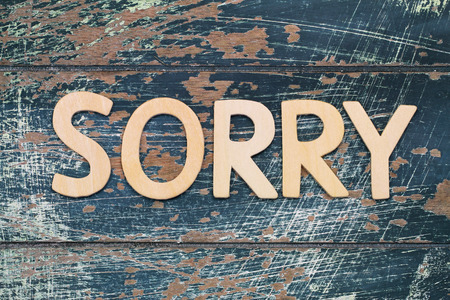Adapted from Hold Me Tight by Dr. Sue Johnson
We’ve all done it. We said something we shouldn’t have; we didn’t say something when we should have. We broke our partner’s trust or did something we knew would upset them. Luckily, these mistakes don’t have to mean the end of a relationship.
Here are six components of a meaningful apology:
- I hear your pain.
The injuring partner should allow space for their partner to speak openly about his/her pain. For the hurt partner, this is not about making a case against their partner, but focusing on their own pain in the situation and how it affects their sense of safety with their partner. The injuring partner stays emotionally present and non-defensive, listening to the pain their partner has experienced.
- I care about your pain.
The injuring partner is able to express care for their partner. Because they care about them, they do not like to see them in pain.
- Your pain is legitimate.
The injuring partner acknowledges that their partner’s feelings are valid. Even if it was not the injuring partner’s intention to hurt their partner, they recognize that they have and that that is what matters.
- Here is what I did to cause you pain.
The injuring partner takes responsibility for their part in causing their partner pain. They are able to name exactly what they did or said (or did not do or say) that led to the pain.
- I feel bad that I caused you pain.
The injuring partner feels remorse for the pain caused, even if it was not their intention.
- I am here with you and am going to try to be better.
The injuring partner reassures their partner that they are committed to them and that they are in this together. They express a sincere desire to do better so that they will not cause their partner pain in this way again.
Rinse and repeat. None of us are perfect partners, so apologizing is not a one-time event, but something we must return to again and again.
Sometimes this is hard to do without some help, and sometimes an apology is only the beginning of the healing process. If you’re feeling stuck, consider seeing a couples therapist to work through these issues.
Author: Amanda Hofbauer, MA, AMFT

